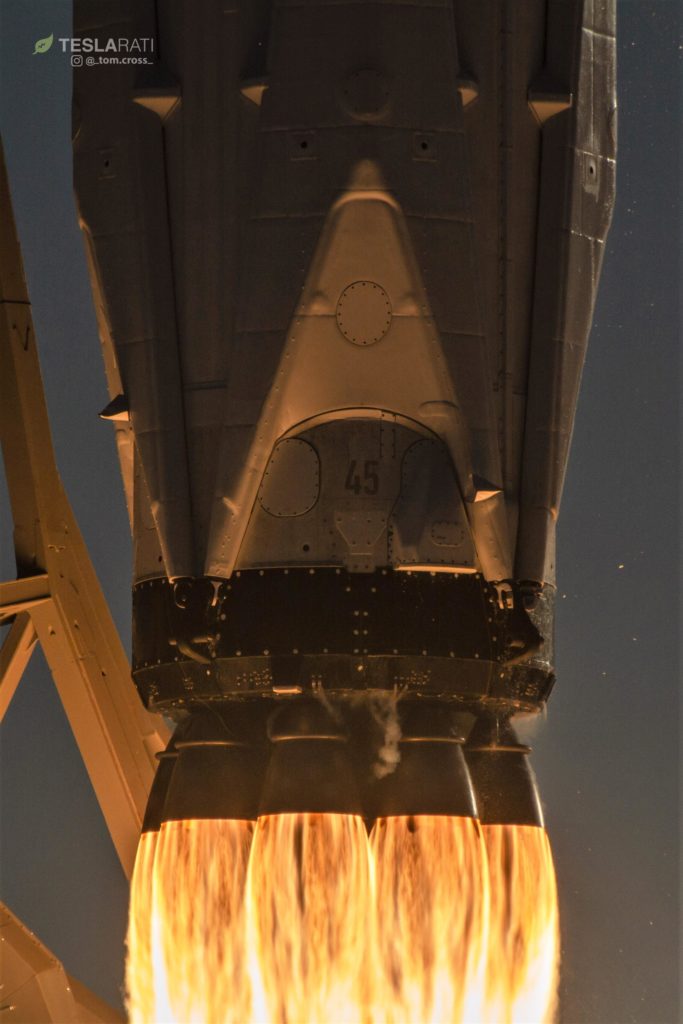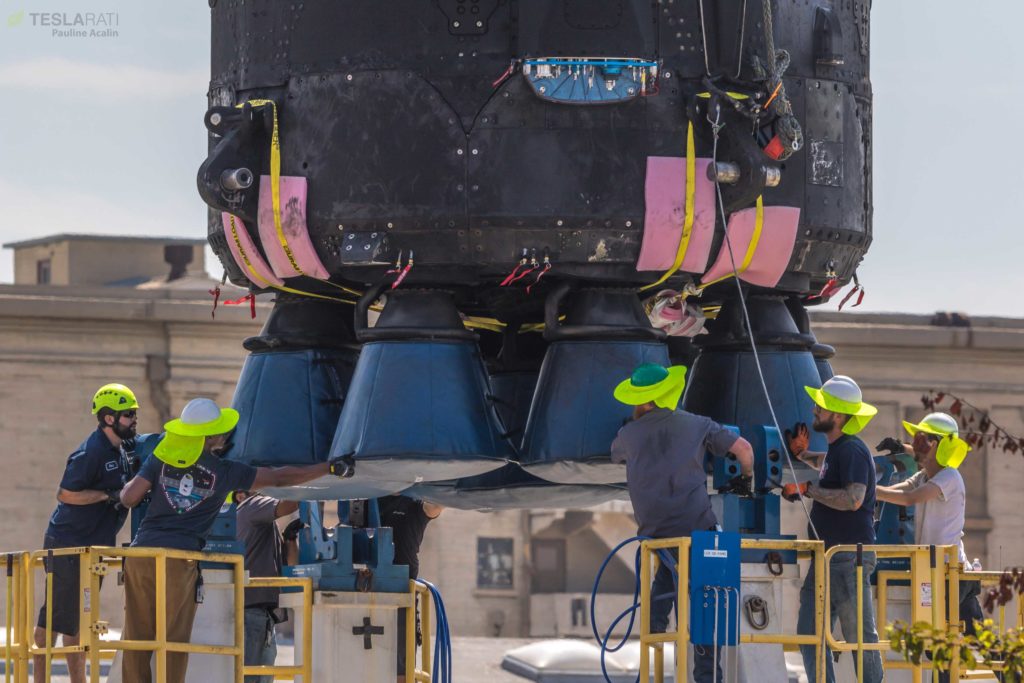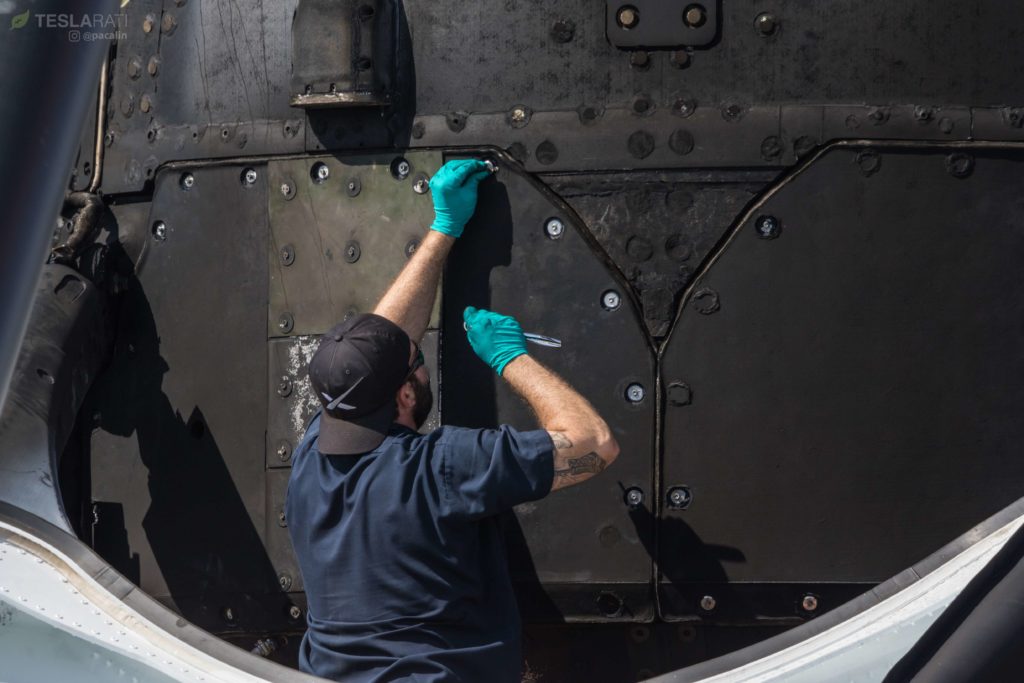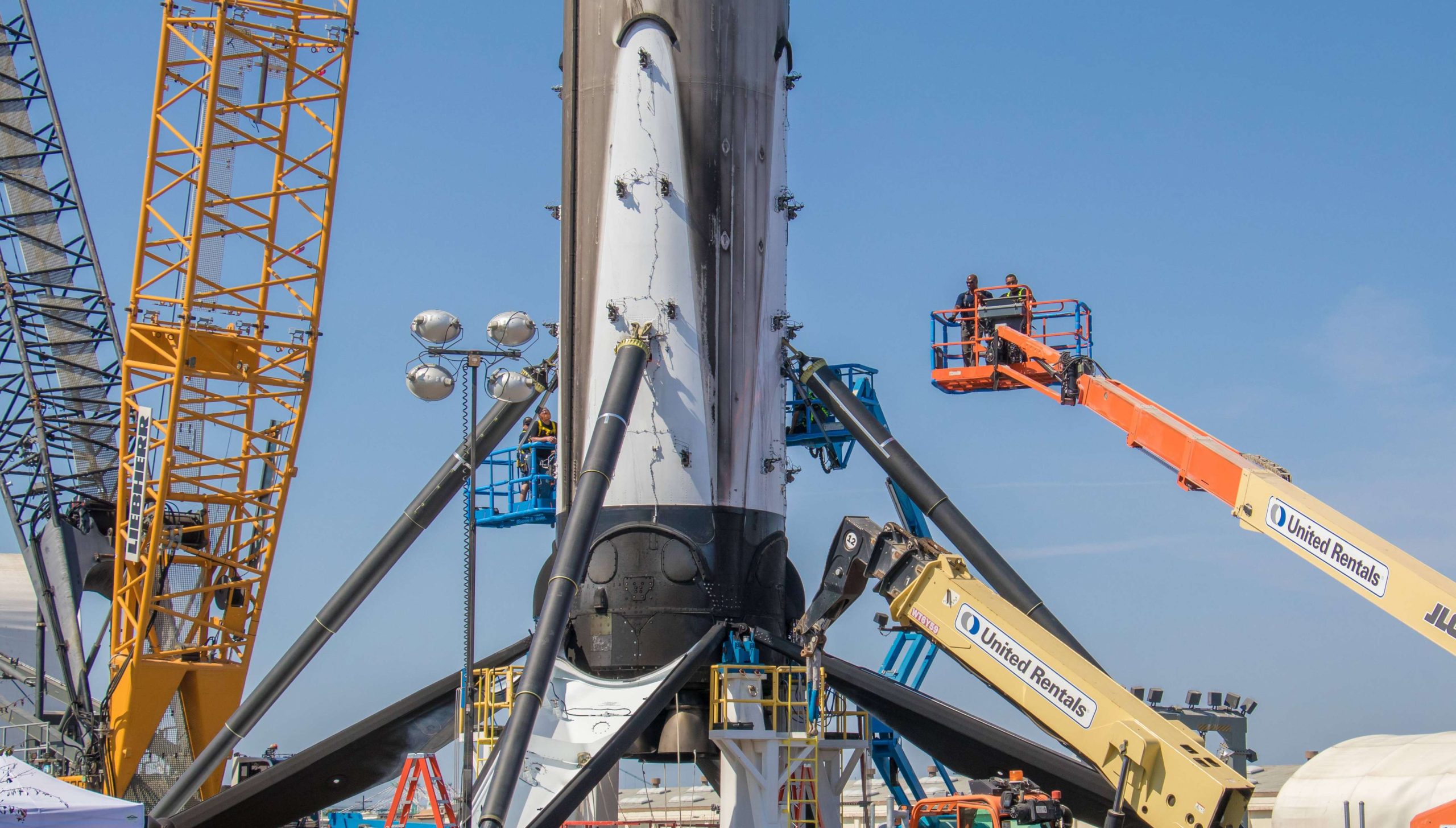
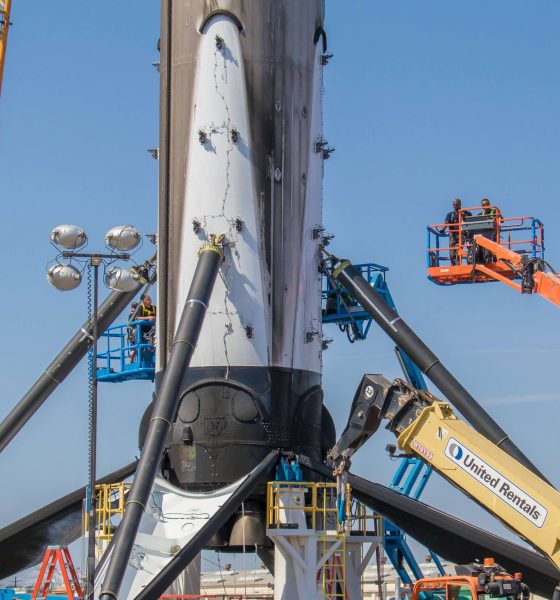
News
SpaceX’s second Falcon 9 Block 5 booster reuse closes in as rocket refurb continues
Scheduled on October 7th, SpaceX is roughly three weeks out from the next routine launch of Falcon 9, set to carry the ~2800 kg (6200 lb) Argentinian satellite SAOCOM-1A into a low polar orbit from the company’s Vandenberg Air Force Base launch facilities.
Cocooned inside Falcon 9’s payload fairing during the final days of August, the Earth observation satellite’s launch will mark a number of exciting milestones for SpaceX, including the second reuse of a Block 5 booster and the debut of a California-based rocket landing zone barely 400m (1400ft) from the launch pad.
Última foto del satélite argentino SAOCOM 1A en Tierra! Los equipos de la CONAE, VENG, @invapargentina y @CNEAok finalizaron la integración y encapsulado del SAOCOM 1A en la cofia del lanzador Falcon 9 de @SpaceX. El satélite está listo! Comienzan preparativos de lanzamiento! pic.twitter.com/pwwj0NYIwE
— CONAE (@CONAE_Oficial) September 14, 2018
Previously tasked with launching Iridium’s 7th group of 10 NEXT satellites on July 25th, Falcon 9 B1048 has been assigned as SAOCOM 1A’s ride to orbit, originally expected to refly as early as September 5th and September 28th. Despite the delays, it still appears that B1048 will easily snag the SpaceX record for second fastest booster turnaround – 74 days compared to Block 5 booster B1045’s 71 days gap between launching NASA’s TESS and CRS-15 missions.
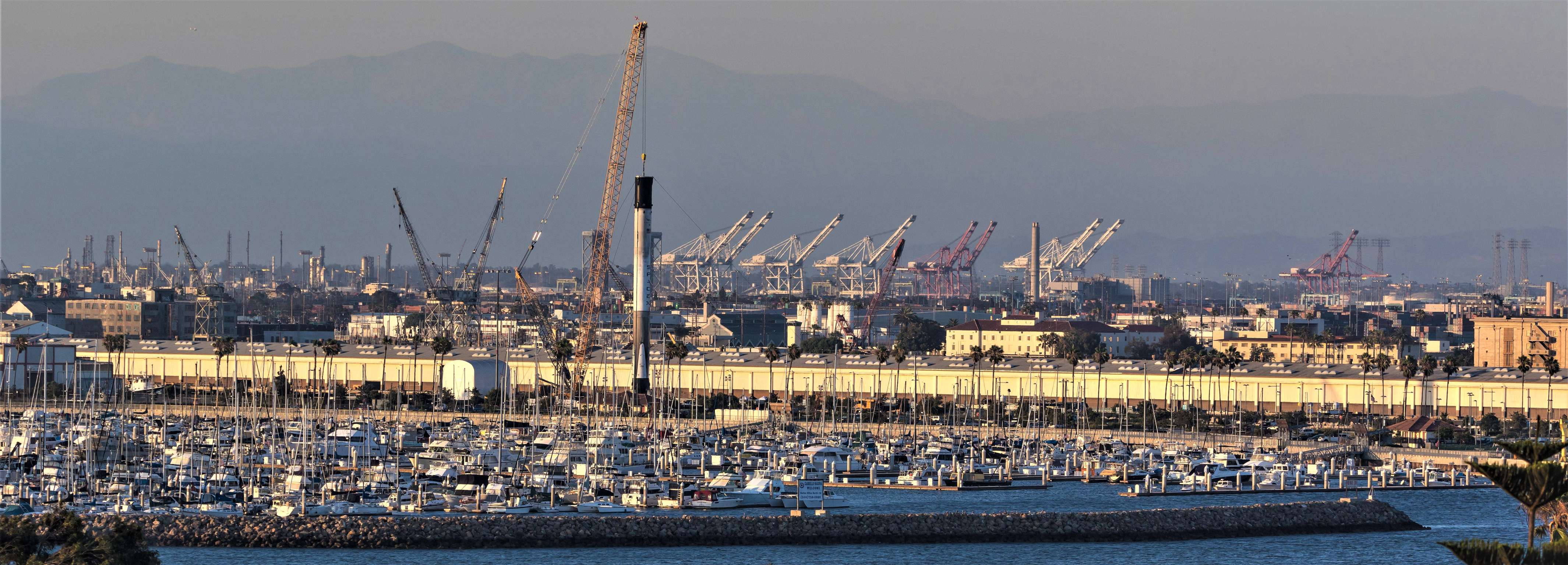
According to a number of comments from satellite engineers involved in the launch, most of the month-long slip rested on rocket availability, meaning that SpaceX was having some sort of difficulty with Falcon 9 components. Given photos and official comments showing that SAOCOM-1A was encapsulated in its payload fairing more than 5 weeks before launch (August 30th) and that Falcon 9 Block 5 is a fairly new launch vehicle, especially in a flight-proven configuration, the most logical explanation is that SpaceX is simply being extra cautious and thorough with B1048’s post-flight analysis and refurbishment.
It’s entirely possible that SpaceX engineers and technicians could have managed a ~40-day turnaround to make the original September 5 launch date, but it’s equally likely that some off-nominal characteristics were noted while the booster was being prepped for transport after craning off of drone ship Just Read The Instructions. In fact, B1048’s recovery operations were exceptionally lengthy and in-depth, including an extraordinary few hours during which technicians removed the booster’s Merlin 1D access panels, baring wholly-uncovered rocket engines in full view of a public area. Nothing equivalent has ever been observed over the course of more than a dozen Falcon booster recoveries, perhaps indicating some unique circumstances in the case of B1048.
- After launching in April 2018, B1045 landed on OCISLY and is being refurbished for a second launch in just 5 days, on June 29. (Tom Cross)
- An excellent look at Block 5 booster B1048’s aft, showing off two of four launch clamp attachment points. (Pauline Acalin)
- SpaceX technicians reinstall Falcon 9 B1048’s Merlin bay covers after examining the interior for several hours. (Pauline Acalin)
- SpaceX’s West Coast landing zone is preparing for its debut, currently NET October 6th 2018. (Pauline Acalin/Teslarati)
The most obvious explanation is that those publicly-visible inspections were used to judge whether the flight-proven booster could return directly to SpaceX’s Vandenberg launch pad or needed to make a stop at the company’s dedicated Hawthorne factory and refurbishment facilities. Judging from the month-long slip that transpired, it’s probable that the latter option was selected. Regardless, caution is key when a customer’s payload is on the line.
Once it makes its way to the launch pad for the second time, B1048 will have the opportunity to both become the first Block 5 booster to land on land and the first rocket ever to land at SpaceX’s West Coast Landing Zone (LZ), under construction/development for the last two or so years. Just like its Floridan twins, the California LZ will only be an option for particularly lightweight payloads and lower-energy launch profiles, of which SAOCOM 1A (and 1B) certainly fit the bill.
For prompt updates, on-the-ground perspectives, and unique glimpses of SpaceX’s rocket recovery fleet check out our brand new LaunchPad and LandingZone newsletters!

News
Tesla dominates in the UK with Model Y and Model 3 leading the way
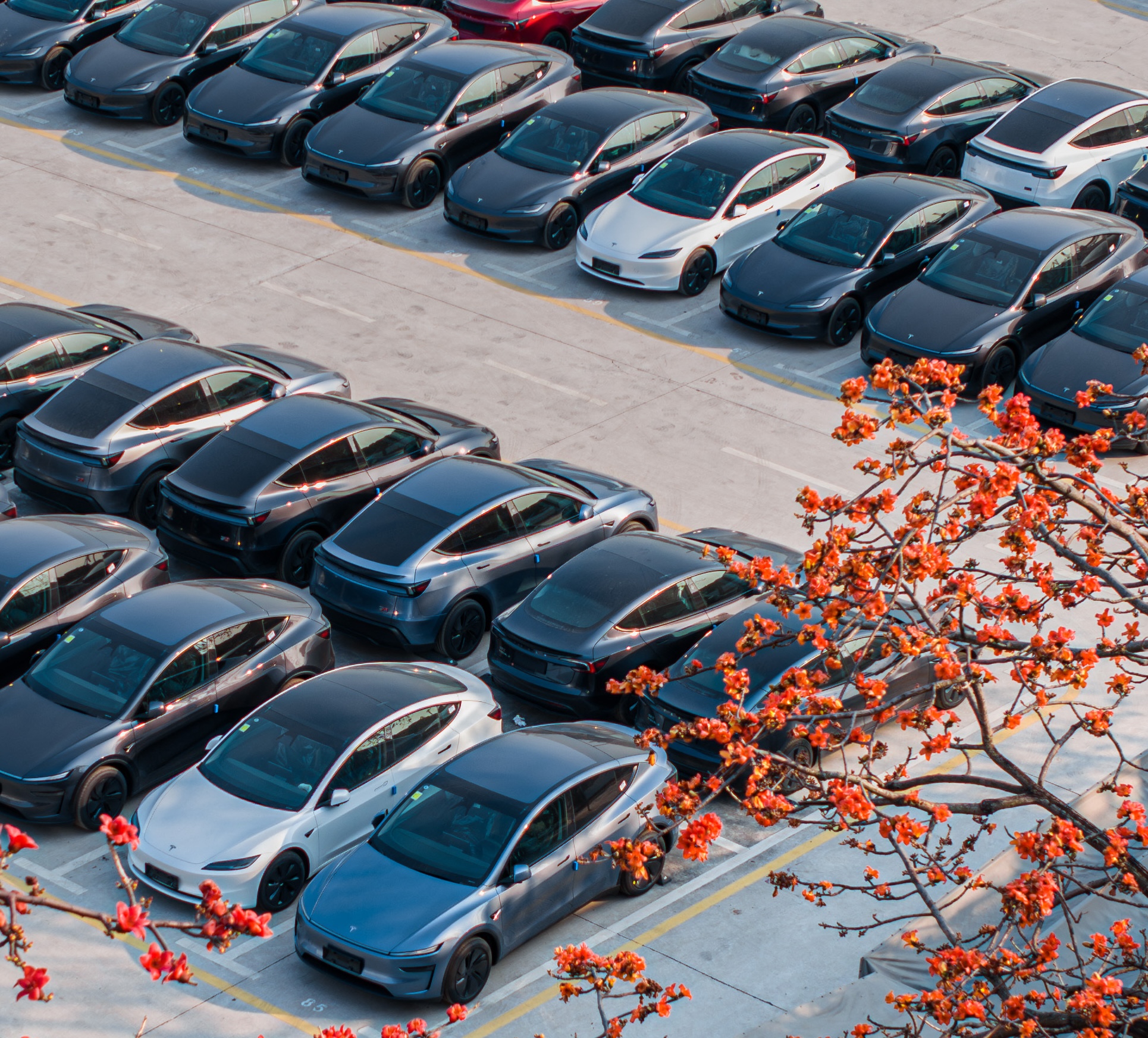
Tesla is dominating in the United Kingdom so far through 2025, and with about two weeks left in the year, the Model Y and Model 3 are leading the way.
The Model Y and Model 3 are the two best-selling electric vehicles in the United Kingdom, which is comprised of England, Scotland, Wales, and Northern Ireland, and it’s not particularly close.
According to data gathered by EU-EVs, the Model Y is sitting at 18,890 units for the year, while the Model 3 is slightly behind with 16,361 sales for the year so far.
The next best-selling EV is the Audi Q4 e-tron at 10,287 units, lagging significantly behind but ahead of other models like the BMW i4 and the Audi Q6 e-tron.
GOOD NEWS 🇬🇧 Tesla is absolutely crushing the UK electric vehicle market in 2025 💥
The numbers are in, and the dominance is clear. With an impressive amount of 42,270 vehicles delivered year-to-date, the brand now commands a solid 9.6% market share of the total auto market 🆒… pic.twitter.com/dkiGX9kzd0
— Ming (@tslaming) December 18, 2025
The Model Y has tasted significant success in the global market, but it has dominated in large markets like Europe and the United States.
For years, it’s been a car that has fit the bill of exactly what consumers need: a perfect combination of luxury, space, and sustainability.
Both vehicles are going to see decreases in sales compared to 2024; the Model Y was the best-selling car last year, but it sold 32,610 units in the UK. Meanwhile, the Model 3 had reached 17,272 units, which will keep it right on par with last year.
Tesla sold 50,090 units in the market last year, and it’s about 8,000 units shy of last year’s pace. It also had a stronger market share last year with 13.2 percent of the sales in the market. With two weeks left in 2025, Tesla has a 9.6 percent market share, leading Volkswagen with 8 percent.
The company likely felt some impact from CEO Elon Musk’s involvement with the Trump administration and, more specifically, his role with DOGE. However, it is worth mentioning that some months saw stronger consumer demand than others. For example, sales were up over 20 percent in February. A 14 percent increase followed this in June.
News
Tesla Insurance officially expands to new U.S. state
Tesla’s in-house Insurance program first launched back in late 2019, offering a new way to insure the vehicles that was potentially less expensive and could alleviate a lot of the issues people had with claims, as the company could assess and repair the damage itself.
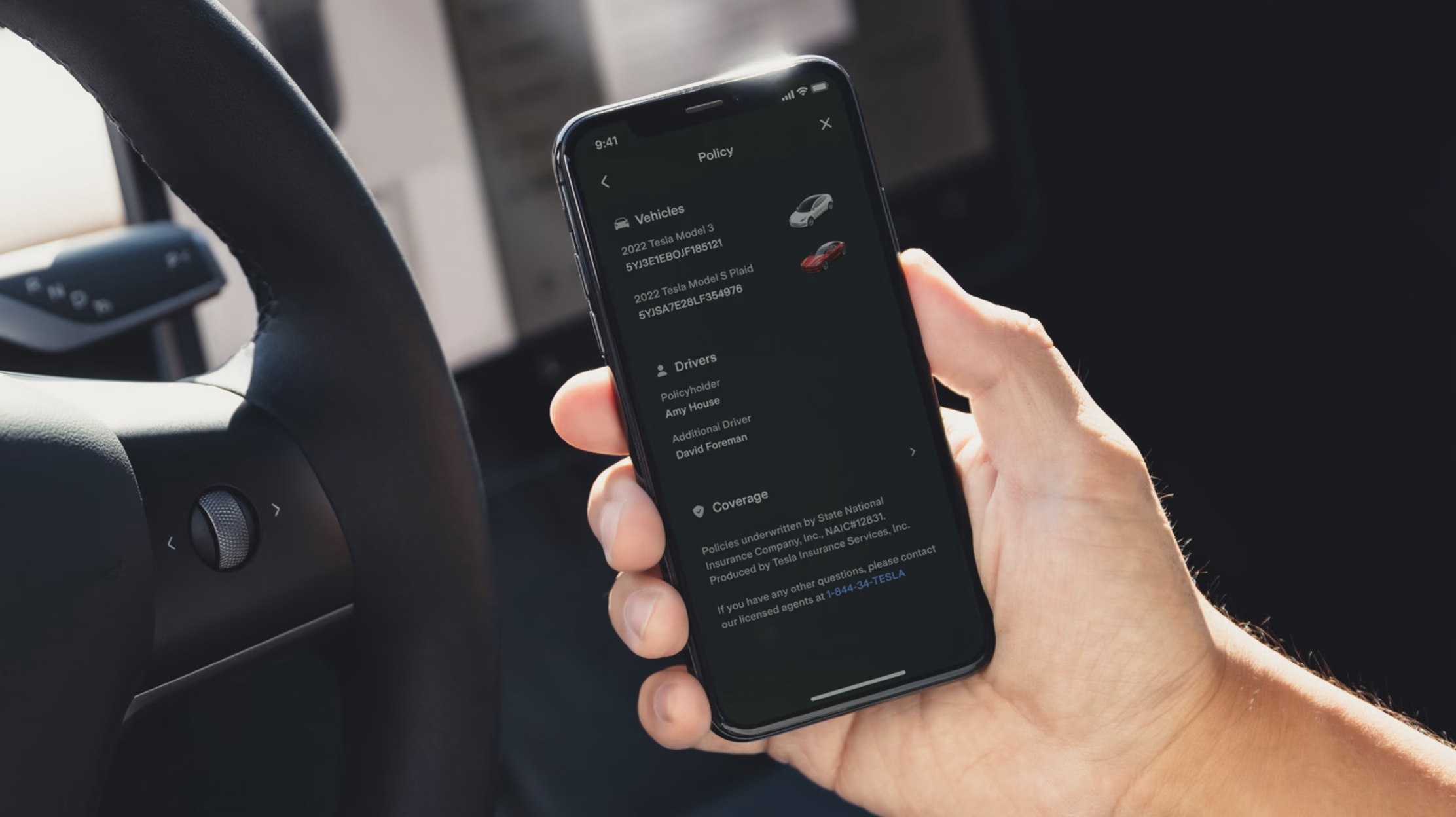
Tesla Insurance has officially expanded to a new U.S. state, its thirteenth since its launch in 2019.
Tesla has confirmed that its in-house Insurance program has officially made its way to Florida, just two months after the company filed to update its Private Passenger Auto program in the state. It had tried to offer its insurance program to drivers in the state back in 2022, but its launch did not happen.
Instead, Tesla refiled the paperwork back in mid-October, which essentially was the move toward initiating the offering this month.
BREAKING: Tesla Insurance has just officially launched in Florida.
This is the first new state to receive @Tesla Insurance in more than 3 years. In total, Tesla insurance is now available in 13 U.S. states (map in thread below of all the states).
Tesla Insurance in Florida uses… pic.twitter.com/bDwh1IV6gD
— Sawyer Merritt (@SawyerMerritt) December 17, 2025
Tesla’s in-house Insurance program first launched back in late 2019, offering a new way to insure the vehicles that was potentially less expensive and could alleviate a lot of the issues people had with claims, as the company could assess and repair the damage itself.
It has expanded to new states since 2019, but Florida presents a particularly interesting challenge for Tesla, as the company’s entry into the state is particularly noteworthy given its unique insurance landscape, characterized by high premiums due to frequent natural disasters, dense traffic, and a no-fault system.
Annual average premiums for Florida drivers hover around $4,000 per year, well above the national average. Tesla’s insurance program could disrupt this, especially for EV enthusiasts. The state’s growing EV adoption, fueled by incentives and infrastructure development, aligns perfectly with Tesla’s ecosystem.
Moreover, there are more ways to have cars repaired, and features like comprehensive coverage for battery damage and roadside assistance tailored to EVs address those common painpoints that owners have.
However, there are some challenges that still remain. Florida’s susceptibility to hurricanes raises questions about how Tesla will handle claims during disasters.
Looking ahead, Tesla’s expansion of its insurance program signals the company’s ambition to continue vertically integrating its services, including coverage of its vehicles. Reducing dependency on third-party insurers only makes things simpler for the company’s automotive division, as well as for its customers.
News
Tesla Full Self-Driving gets sparkling review from South Korean politician
“Having already ridden in an unmanned robotaxi, the novelty wasn’t as strong for me, but it drives just as well as most people do. It already feels like a completed technology, which gives me a lot to think about.”
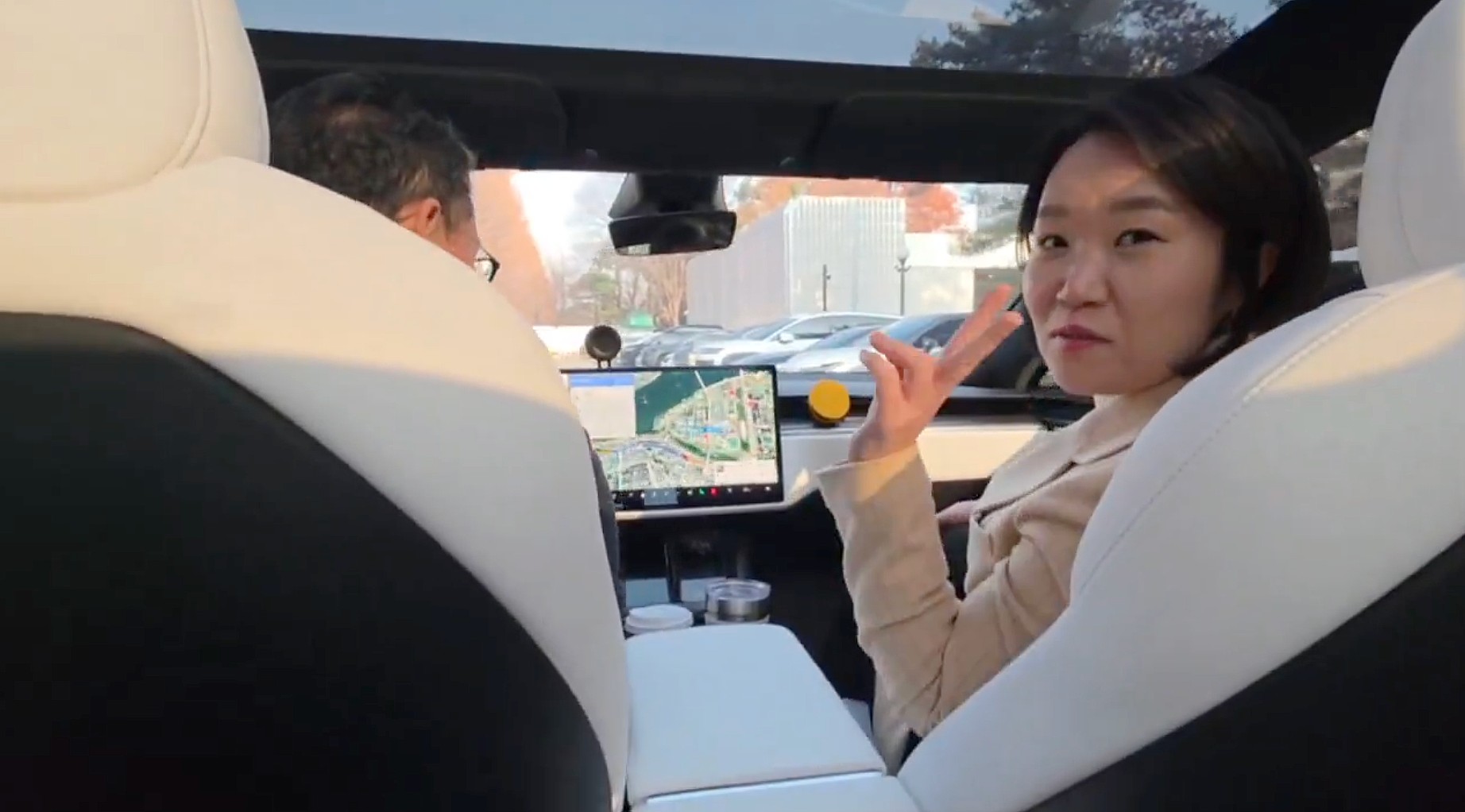
Tesla Full Self-Driving got its first sparkling review from South Korean politician Lee So-young, a member of the country’s National Assembly, earlier this week.
Lee is a member of the Strategy and Finance Committee in South Korea and is a proponent of sustainable technologies and their applications in both residential and commercial settings. For the first time, Lee was able to utilize Tesla’s Full Self-Driving technology as it launched in the country in late November.
Her thoughts on the suite were complimentary to the suite, stating that “it drives just as well as most people do,” and that “it already feels like a completed technology.”
드디어 오늘, 서울에서 테슬라 FSD 체험 했습니다.
JiDal Papa님의 모델S 협찬에 힘입어^^ 파파님 정말 감사합니다.
국회 -> 망원시장 -> 홍익대 -> 국회 복귀 코스였고요.
이미 무인 로보택시를 타봐서 그런지 신기함은
덜했지만, 웬만한 사람만큼 운전을 잘하네요.이미 완성된 기술이라고… pic.twitter.com/8pAidHBpRG
— 이소영 국회의원 (Soyoung Lee) (@im_soyounglee) December 17, 2025
Her translated post says:
“Finally, today I got to experience Tesla FSD in Seoul. Thanks to the Model S sponsored by JiDal Papa^^, I’m truly grateful to Papa. The route was from the National Assembly -> Mangwon Market -> Hongik University -> back to the National Assembly. Having already ridden in an unmanned robotaxi, the novelty wasn’t as strong for me, but it drives just as well as most people do. It already feels like a completed technology, which gives me a lot to think about. Once it actually spreads into widespread use, I feel like our daily lives are going to change a lot. Even I, with my license gathering dust in a drawer, don’t see much reason to learn to drive a manual anymore.”
Tesla Full Self-Driving officially landed in South Korea in late November, with the initial launch being one of Tesla’s most recent, v14.1.4.
It marked the seventh country in which Tesla was able to enable the driver assistance suite, following the United States, Puerto Rico, Canada, China, Mexico, Australia, and New Zealand.
It is important to see politicians and figures in power try new technologies, especially ones that are widely popular in other regions of the world and could potentially revolutionize how people travel globally.
